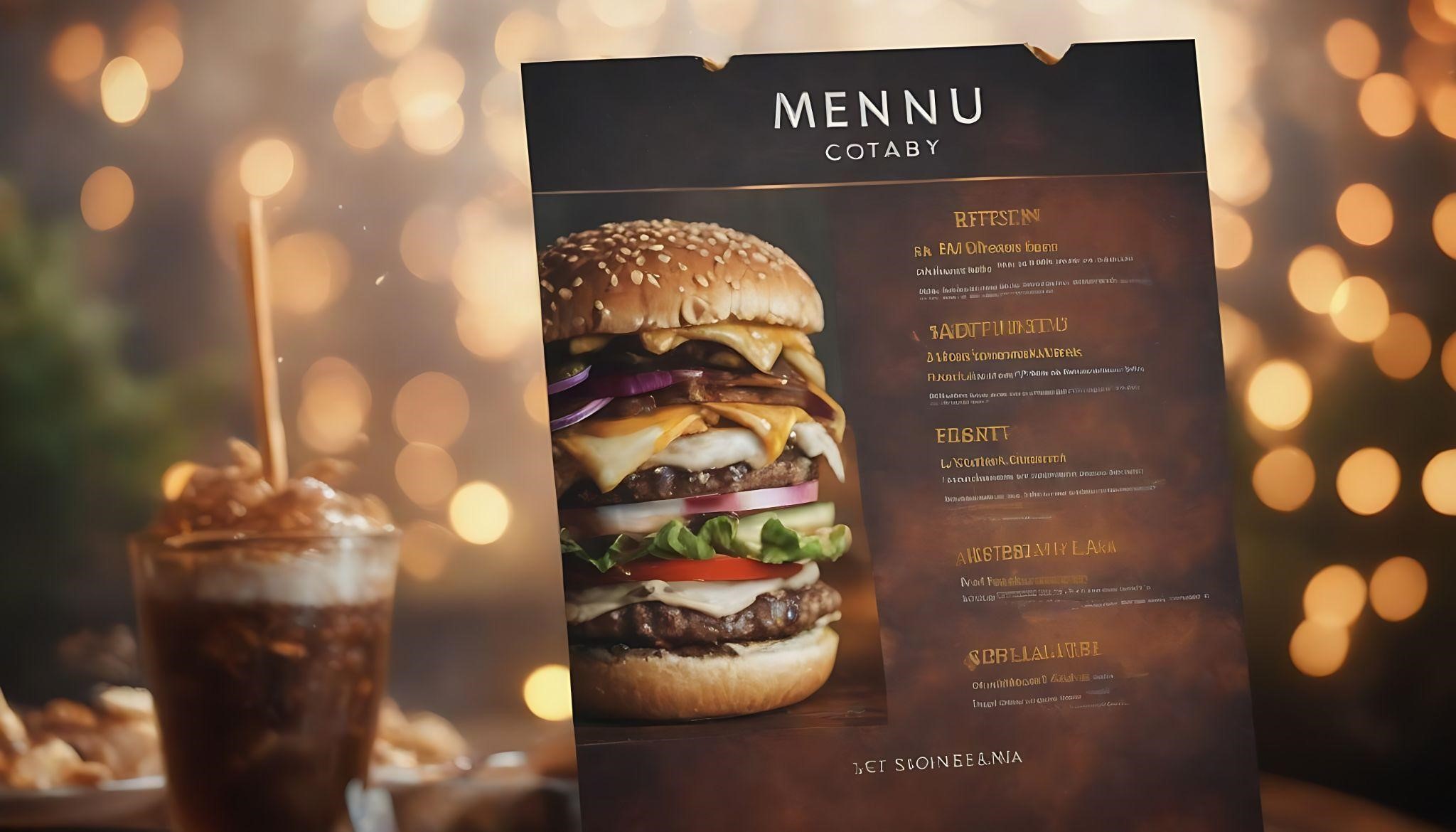In the dynamic world of the restaurant industry, where first impressions are often made through visuals, crafting an effective menu is an art. Just like selecting the perfect ingredients for a signature dish, choosing the right elements for your menu design can significantly impact your restaurant’s success. In this guide, we will explore the dos and don’ts of menu design, all while keeping things as easy as using a menu maker to ensure a visually appealing and customer-friendly menu.
Dos: Crafting an Irresistible Menu
1. Understand Your Audience
Tailoring your menu to suit your target audience is fundamental. Consider demographics, preferences, and cultural influences. This ensures your menu resonates with customers, making it more appealing and likely to foster repeat business.
2. Prioritize Readability
Legibility is paramount. Opt for clear, easy-to-read fonts and strike a balance between text size and white space. Adequate lighting in your establishment ensures customers can peruse the menu effortlessly.
3. Use High-Quality Imagery
Incorporate high-resolution images of your signature dishes. Visual appeal triggers cravings and expedites decision-making. Invest in professional photography to showcase your culinary creations in the best light.
4. Organize the Menu Strategically
Structure your menu logically, guiding customers through courses seamlessly. Group similar items and strategically place high-margin dishes or specials. An organized menu streamlines the ordering process, enhancing the overall dining experience.
5. Highlight Signature Dishes
Create a sense of exclusivity by showcasing your restaurant’s signature dishes. Use descriptive language that emphasizes flavors and ingredients. This not only sets your menu apart but also creates a lasting impression.
6. Incorporate Descriptive Language
Engage your customers through enticing descriptions. Use vivid language that evokes the senses, helping patrons imagine the culinary experience. Descriptive language fosters a connection between the customer and the dish.
7. Offer Dietary Information
In today’s health-conscious society, providing dietary information is crucial. Clearly label dishes as vegetarian, vegan, gluten-free, or other dietary specifications. This transparency caters to a broader range of customers.
8. Utilize Seasonal Highlights
Keep your menu fresh and exciting by incorporating seasonal highlights. Feature ingredients that are in-season, adding a dynamic aspect to your offerings. This encourages repeat customers to explore new, limited-time options.
9. Create a User-Friendly Layout
Simplify the decision-making process with a user-friendly layout. Use well-defined sections, intuitive ordering, and an easily navigable format. A well-organized menu not only pleases the eye but also enhances the customer’s overall experience.
10. Encourage Upselling
Strategically position high-margin items or add-ons to encourage upselling. Use enticing language that suggests additional items, turning a standard order into a more indulgent dining experience.
Don’ts: Common Mistakes to Avoid
1. Avoid Overwhelming Complexity
While creativity is encouraged, avoid overwhelming complexity in menu design. Too many font styles, colors, or intricate layouts can confuse customers. Strive for a clean and straightforward design that facilitates easy decision-making.
2. Refrain from Ambiguous Language
Clarity is key. Avoid using ambiguous language or overly complex terms that might confuse customers about the dishes. Use simple and enticing descriptions that make the dining choices clear and appealing.
3. Steer Clear of Price Confusion
Be transparent with pricing. Avoid using elaborate formatting that might confuse customers about the cost of dishes. Clearly state prices, and if applicable, use visual cues to guide customers towards value-driven choices.
4. Don’t Neglect Seasonal Updates
Menus that remain static can become stale. Embrace seasonal changes and update your menu accordingly. This not only keeps your offerings fresh but also entices repeat customers to explore new options.
Conclusion
In conclusion, mastering the art of menu design is a powerful tool for any restaurant owner. By understanding your audience, prioritizing readability, and avoiding common mistakes, you can create a menu that not only informs but also entices. Remember, a well-designed menu is a silent yet persuasive ambassador for your brand.



